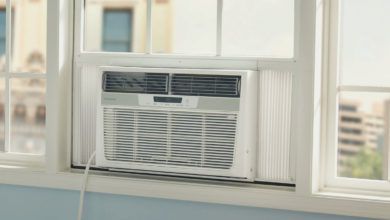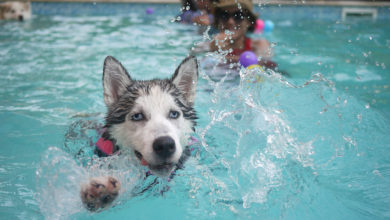Interested in knowing how heat insulation works? You will need to familiarize yourself with the mechanism involved. This is to ensure your home benefits immensely.
Heat insulation works on resisting any form of heat transfer. If you could reduce heat transfer, then you can achieve the all-important insulation. Heat loss from your home is minimized through the use of insulating materials which are lightweight and bulky. Typical materials used to achieve heat insulation include glass fiber, feathers, and polystyrene. Materials used for thermal insulation in buildings have heat resistance quantified in R-Values.
The R-value of a material is its thermal resistance. It is a measure of heat insulation performance of a material – the higher the R-value, the higher the thermal insulation. For optimal heat insulation of your home, you will need to consider this.
How do you reduce heat transfer?
To understand how heat transfer can be reduced, you need to understand how heat transfer occurs. There are three main ways heat transfer occurs: conduction, convection, and radiation.
Heat transfer can occur by conduction from your body to your clothes. And heat is lost to the environment or atmosphere. Take for instance; you are wearing a jacket made of tiny feather fibers. For heat to be transferred from your body to the environment, the heat from your body would have to excite the feathers which are in close contact with one another. Heat transfer by conduction cannot take place without direct contact.
By convection, heat transfer occurs in moving molecules of air or water or any other fluid. A good example of heat transfer by convection is seen with forced air furnace in your home. The warm air from the furnace is exchanged with the cooler air in your apartment.
Radiation heat transfer could be seen in the sun rays that heat your skin and homes.
To reduce heat transfer and optimize heat insulation in your home, these are what you need to do:
1. Reduce thermal bridges as much as you can
Thermal bridges could also be called voids. They allow heat transfer by convection and radiation. Voids are areas without thermal insulation in your homes. They could occur by accident or could be deliberate features – e.g., Thermal insulation is absent in some aluminum window frames. Poorly installed insulation in buildings results in gaps. If your home has insulation between joists and studs, then you will have a lot of gaps that reduce heat insulation. You could reduce these forms of thermal bridges by incorporating insulation features such as heating and thermal breaks in aluminum windows.
2. Minimize compression
Heat is also lost as a result of compression. It reduces air pockets that could trap air and increase insulation. The more you minimize compression, the better the thermal insulation of your home.
3. Avoid moisture
The R-value of your insulating materials is significantly reduced by moisture because it increases their heat conduction. It moreover promotes voids and compression.
4. Arrest air movement
It is true air pockets increase insulation; the trapped air must be still for this to be achieved. Air movement through insulation materials reduces their resistance values or R-values since it increases heating loss by convection. To do this, you will need to seal some sections of your house like the crawl space, basement, and the attic before insulating your home.





